Learn about what drivers are and how to use drivers
When communicating with any technology person, read on the forums or simply when installing, using a software, connecting peripherals (like printers, phones, USB, .) you often Required / instructions to update drivers on the computer. But what is the actual driver ? Why is there almost anything wrong with the software that people suggest you update the driver , have hardware problems, and have the driver updated? Is it really necessary to update the driver and do it often? The following article TipsMake.com will help you better understand the driver, the role of the driver on the computer, as well as the time needed to update the driver for the system.
Here, we focus on explaining to new users, the term driver is quite strange to them.Besides, there are also helpful tips for experienced people to ' take care ' of their system better.
1. What is a driver?
Driver is a "bridge" between hardware and software, allowing computer programs, operating systems and other applications to interact with a hardware device. For example, a computer simply doesn't know how to use the entire video card feature - it needs a driver to do it. In short, drivers help programs and hardware communicate with each other to perform certain tasks.
Just as computer programs need updates and service packs to fix bugs, add new features . drivers need to be updated regularly.
2. When do I need to update the system driver?
Rule: Do not fix what is not broken.
If you encounter any problems with your device, you should first consider upgrading the drivers for it. If you want to improve speed, update the driver to the latest version not only greatly accelerates but also reduces the cost of upgrading the computer. If you are upgrading from a driver version to another version, it may include only bug fixes for specific situations, and some may help increase performance. However, there is a risk of causing problems for some, so if everything on your computer is still working properly, driver updates can be ignored for most components.
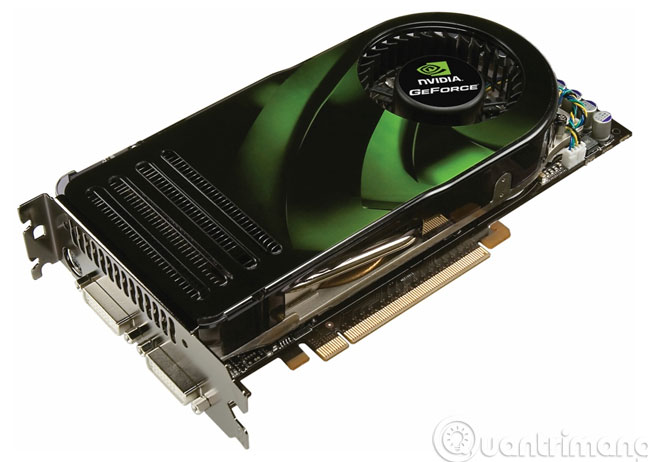 Learn about what drivers are and how to use drivers Picture 1
Learn about what drivers are and how to use drivers Picture 1
Of course there is also a notable exception to this rule. If you try to add the smallest bits to performance, make sure that the drivers for the video card are updated using the manufacturer's driver. And you might want to upgrade your chipset, network system and sound card for good . The conversion from Windows built-in drivers by NVidia or ATI / AMD official video card drivers will bring about Huge differences in speed of work and keeping them constantly updated.
3. Should we update the driver?
Rule : Use the right driver, not just the latest one.
When buying a new PC completely or reinstalling Windows on an old PC or want to build a PC configuration, you need to make sure that the drivers used must be accurate. Need to keep specific drivers up to date at all times. For example, the video card drivers included in Windows are rarely fully integrated as drivers that you can download from NVidia or AMD / ATI and make sure they do not work. Good speed.
In short, whatever you want to do, it's best not to use some driver update software while you can easily select them yourself.
Turn off the Shelf PC
If you are running an off-the-shelf PC or laptop and do not reload Windows manually, most likely the drivers you are using are approved by the manufacturer. This includes: chipsets, motherboards, sound cards, and other things. There is also a very good possibility that you share some onboard video cards.
The best way to upgrade the driver for the video card is to go directly to the manufacturer's website.
Again, if everything works just fine on your computer, leave these drivers behind.
Install new Windows / build your own PC / gamer
If you want to build your own PC system or download a new version of Windows, you are now using Microsoft-approved drivers in Windows, which is not always the fastest option, especially when there is one. video card. Here is the important scenario that you will want to update the drivers:
Video Card: Speed differences between shared drivers in Windows versus official versions of companies like NVidia or ATI / AMD will surprise you. Even if we are not gamers, make sure you have real drivers.
Motherboard / Chipset: make sure you go to the exact manufacturer's website and download their chipset drivers. If you buy a new PC, go to the motherboard manufacturer's website. Each installer is different, but in general, you can only run the downloaded driver.
Sound Card: Windows native drivers do not include all the extra features for sound like simulating surround sound. If you buy a new PC, go to their website, and build a PC, go to the motherboard manufacturer's website to find drivers for onboard audio or removable sound cards.
Network card: most people use onboard cards - that's part of the motherboard, and you can use the driver from there. If you use a network card, you need to go to the manufacturer's homepage to download the appropriate driver.
If you are a gamer, you may want to make sure your video card is updated with the latest drivers.
4. Check your driver version
When there is a problem with some hardware device, it is useful to check the version of the system driver that we are using. Especially if you are following forum posts or information on how to fix bugs / updates for specific drivers.
Reference: The basic, simplest steps of the earth to update, update the VGA driver - the video card on the computer.
To check the driver version, just right-click Computer > Manage > Device Manager . Look in the list of available drivers, right-click on each part and select Properties . Information about the current version will be displayed at the Driver tab. Here you can proceed with the update, go back, disable or uninstall a driver. It is very handy to upgrade or make a problem.
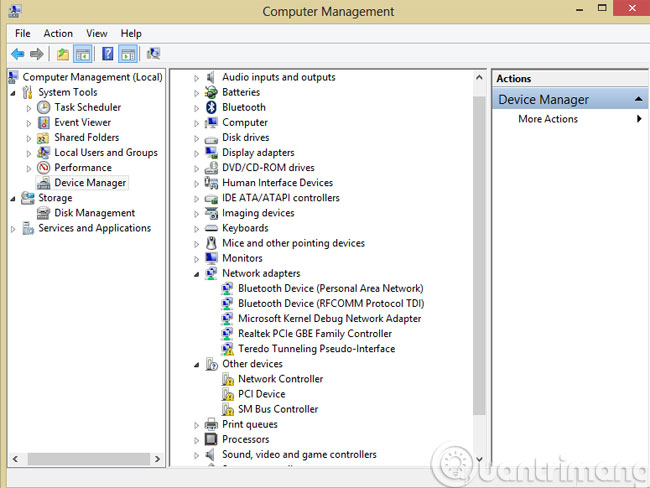 Learn about what drivers are and how to use drivers Picture 2
Learn about what drivers are and how to use drivers Picture 2
5. Update the driver safely
If you have problems with a specific device, you can quickly upgrade to a new version by opening Device Manager , right-clicking the device and selecting Update Driver Software .
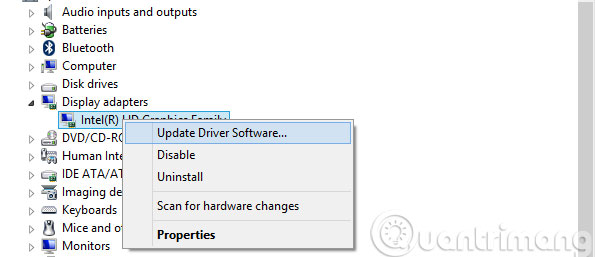 Learn about what drivers are and how to use drivers Picture 3
Learn about what drivers are and how to use drivers Picture 3
A pop up appears with 2 options: Windows Update automatically search or in the machine (when the latest driver has been downloaded). You can use the second option to manually install the drivers.
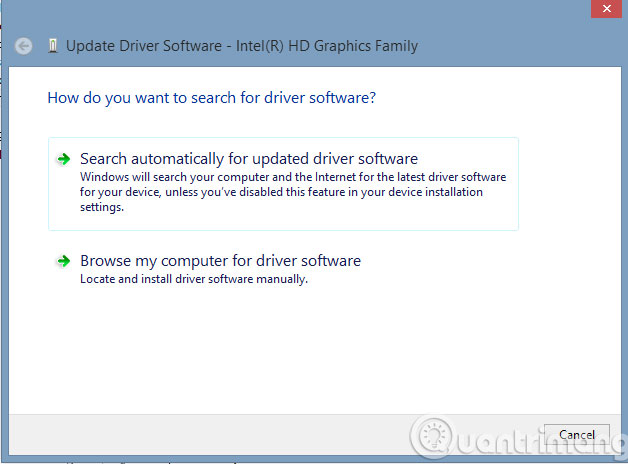 Learn about what drivers are and how to use drivers Picture 4
Learn about what drivers are and how to use drivers Picture 4
If Windows automatically updates, it will install immediately and ask you to reboot the system. If the problem is fixed, we can continue using it, otherwise we can go back to the old version with the Roll Back Driver button.
6. Update the manufacturer's driver
For most parts, when you download drivers from somewhere like NVidia or AMD / ATI, they will have all the integrated installation instructions when downloading. So we just need to run to upgrade the driver to the latest version. If a driver is found accidentally in a zip file, you can use the installation screen above and select the Browse option. This will display a window like the one below, where you can specify the folder that has just extracted the drivers.
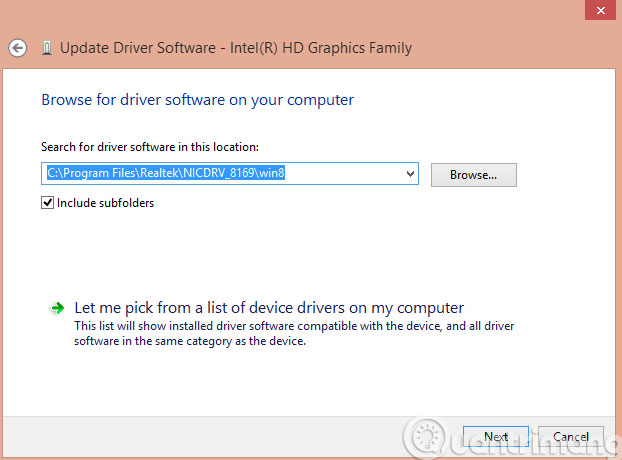 Learn about what drivers are and how to use drivers Picture 5
Learn about what drivers are and how to use drivers Picture 5
7. Conclusion
Although the driver upgrade is always a good job to improve the performance of the device as well as the stability of the system, but if your computer is operating very stable, it is not necessary to do it. this. The advice for all of us is to use specific drivers for each device released by the manufacturer to take full advantage of the best features and power.
- What is the CPU?
- What is WMI Provider Host (WmiPrvSE.exe) and why is it using too much CPU?
- What is firmware? How is Firmware different from Software?
- What is a keylogger?
- What is a cookie? How does cookie work?
- What is DNS and DNS Lookup?
You should read it
- How to use Driver Talent for free driver updates
- How to use Wandriver to update computer drivers
- Update driver, the software automatically finds driver for the computer, Laptop
- The best driver update software for computers
- When to update the computer driver
- The trick prevents Windows from automatically updating specific drivers
- Download Driver Booster Free 8.2.0.314
- Summary of free driver backup software
- 5 basic ways to update, update drivers for computers
- How to use Driver Verifier on Windows 10
- The software automatically updates the best Driver for computers
- How to check the current Driver version of the computer
May be interested

Fix 'plugged in, not charging' laptop battery error

Is the laptop broken, should it be repaired or purchased?

Things to know when upgrading hard drives to SSDs for laptops

Differences between SSD and HDD hard drives

Handle scratches and dead spots on laptop screen

How to fix vertical screen stripes, horizontal stripes






 5 basic ways to update, update drivers for computers
5 basic ways to update, update drivers for computers How to Backup and Restore Drivers on Windows 10
How to Backup and Restore Drivers on Windows 10 How to Find and Update Drivers
How to Find and Update Drivers How to Install Audio Drivers on Windows XP
How to Install Audio Drivers on Windows XP ELD Regulations, learn about ELD Regulations
ELD Regulations, learn about ELD Regulations How to use 3DP Chip to update or install missing drivers for the computer
How to use 3DP Chip to update or install missing drivers for the computer